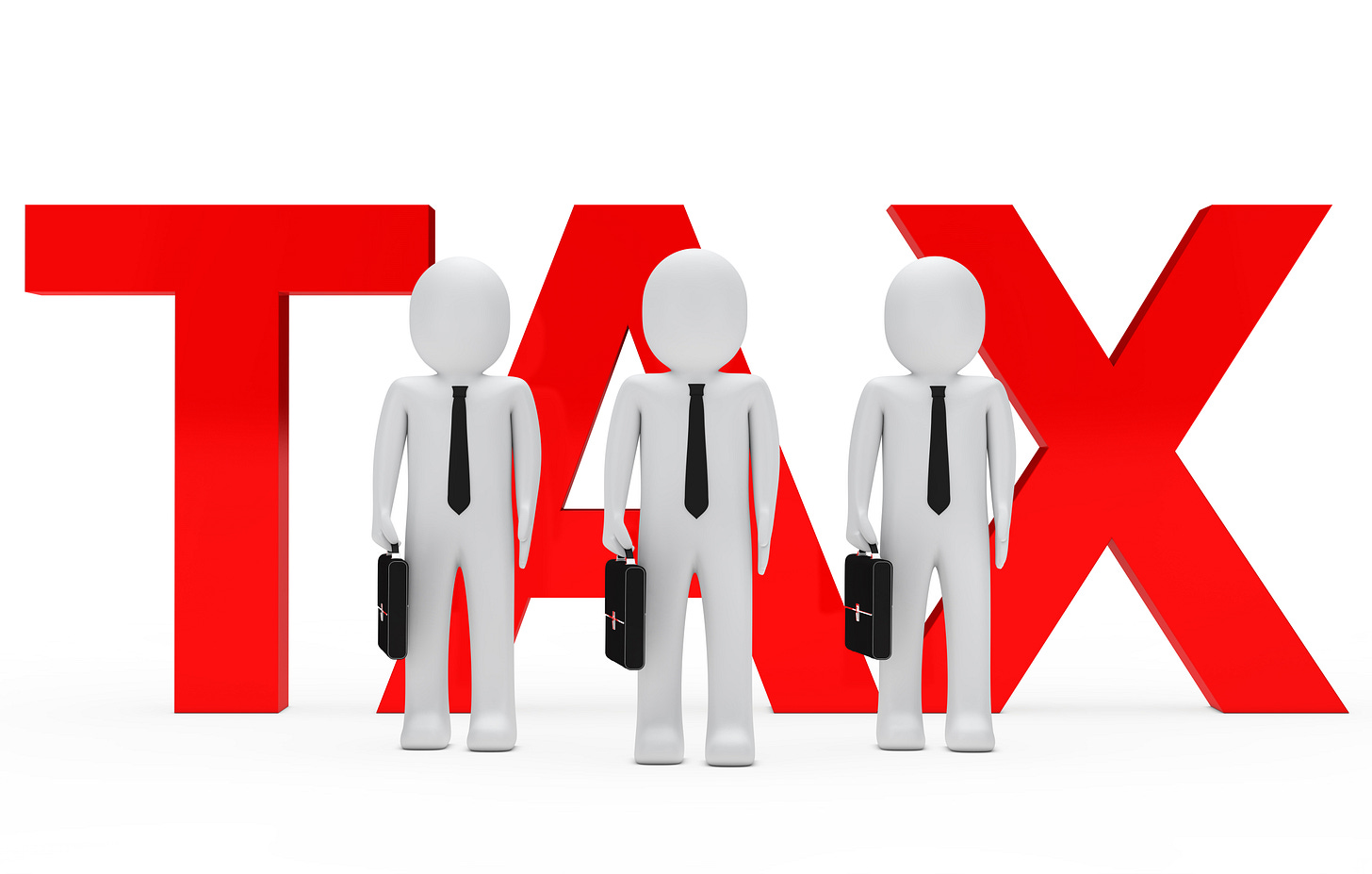GST 2.0 - Get, Set and Triumph!
Guest article by Suresh Rengarajan, Head OC Group and Revenue Assurance at Titan Company
2.0 – GET, SET, TRIUMPH!!
India’s journey to become the third-largest economy in the world is well on its way with this revamp of the GST announcement! It is very evident that the consumption story is here to stay and will explode in the decades to come. The drastic reduction in GST—some essentials to 5%, some to nil, and certain aspirational items to 18% from current higher levels—will improve the economy exponentially in the future.
The Triggers: Basic Needs → Essentials → Aspirational → Luxury Needs!
Take the example of the real estate sector, where cement plays a sizeable role in construction. With the reduction in taxes to 18% and granite & marbles to 5%, this will create huge demand for housing. On the other hand, it would reduce infrastructure costs for the government and other entrepreneurs investing in growth. This will automatically improve employment in the unorganised construction industry and thereby raise the standard of living for such workers.
Very basic needs like clothing, toothpaste, dairy goods, eyewear, medical needs, insurance, etc., have been reduced to 5% (or nil for some), giving a huge lift to these sectors and consumers, as they are now more affordable.
Similarly, demand for household items like TVs, ACs, washing machines, and refrigerators—no longer “nice-to-have” items but necessities in most households—will increase. This will create employment for many small-scale industries serving FMCG companies and, in turn, push overall consumption of goods and services.
When we come to aspirational products like two-wheelers, cars, and other high-end automobiles, the reduction is significant (28% to 18%). This will multiply demand, especially with millennials entering organised employment and aspiring to own such products. In turn, this would create a huge upswing in the automobile industry, one of the country’s largest sectors.
Inflation in RBI’s Comfort Zone!
With the reduction in rates for tractors and transportation vehicles, both agriculture and logistics sectors will benefit, creating huge demand in rural areas and increasing consumption of goods ranging from basic essentials to aspirational items.
Since most basic essentials—including medical needs—are now taxed at just 5%, inflation will remain within the RBI’s comfort zone. Lower interest rates are here to stay for some time, which will encourage corporates, individual businessmen, and the government to invest in the economy. This will also create a pipeline of job opportunities for young Indians currently in schools and colleges.
The Story – From Agriculturists in Rural India to Business Leaders in Big Metros
The agriculturist can now buy a tractor more affordably, invest in farming, and improve cultivation by employing more labour. These workers, in turn, start consuming goods like TVs and refrigerators, encouraging small entrepreneurs to set up retail outlets in Tier D and Tier E towns. This enables them to acquire houses, white goods, and automobiles.
Meanwhile, the urban consumer in Tier A, B, and C cities begins buying cars, now taxed at 18% (mid-sized cars). Many will also start upgrading their lifestyles, spurring growth in higher-end products where taxes remain at 40% without any cess.
The Future…
The coming decade is going to be a defining one. If investment in climate change initiatives and green energy continues to be encouraged, India could become the world’s third-largest economy even sooner than expected a decade ago.
If the government can add one more step beyond Direct Taxes (Income Tax) and Indirect Taxes (GST and Customs Duty)—by introducing a 1% Consumption Tax on every sale (excluding agricultural produce)—this revenue could be reinvested into the economy. At the same time, the government could consider reducing the peak income tax for individuals to 25%, aligning it with corporate tax. This balance between both groups could well be the next big step for India’s growth story.


